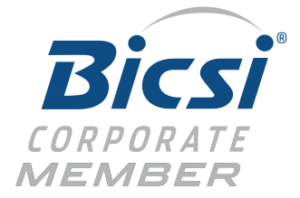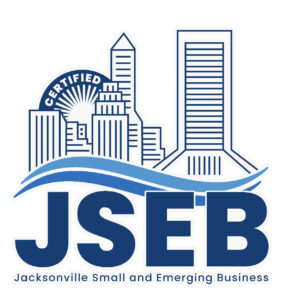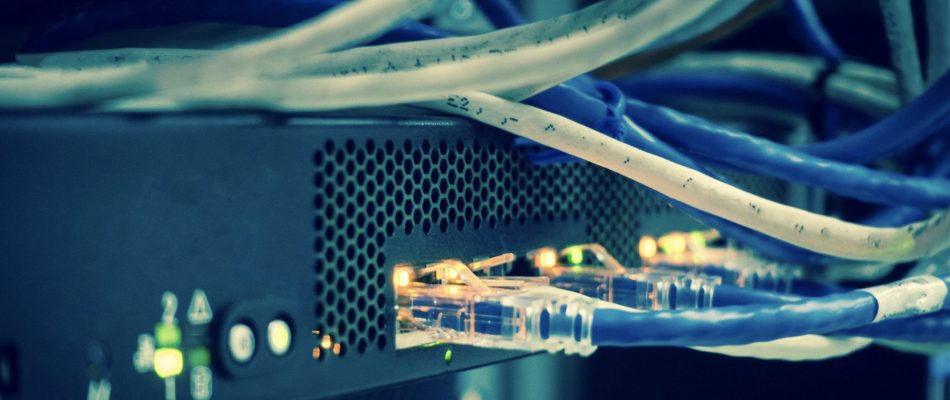Top broadband speeds have increased exponentially since 2007. From a top speed of only 16 Mbps, many Americans can now access 1 Gbps. Your consumers and employees expect the same from your business. In today’s competitive environment, you need the speed and reliability of voice and data cabling. Structured cabling can improve productivity and reduce costs. It gives you more flexibility and network reliability. Learn more about network cabling and how to plan for a successful installation.
The Basics of Voice and Data Cabling
Voice and data cabling is part of your telecommunications infrastructure. Voice cables connect telephones. Data cables connect devices like computers and copiers.Cabling is the center of your network. Cables run from individual equipment to a central hub, such as a server room.
Categories of Ethernet Cabling
Ethernet cables come in different categories. The categories are based on how much data the cable can transmit.
CAT5e
CAT5e (category 5 enhanced) cables are very common. They support bandwidth up to 100 MHz and 1 Gbps up to 180 feet. It’s very cost-effective if your business needs fall into this category.
CAT6
CAT6 (category 6) cables can handle the same speed as CAT5e cables, but they have more bandwidth. CAT6 cables can support up to 250 MHz at up to 180 feet. You can process more data at the same time.
CAT6 has lower interference and less system noise. This gives you higher data transmission rates.
CAT6a
CAT6a (category 6 augmented) can handle higher speeds and more bandwidth than CAT6. It allows speeds up to 10 Gbps at 500 MHz bandwidth. The transmission distance is also greater, at 328 feet.
CAT6a cable has thick sheathing that eliminates crosstalk. The cable is dense and less flexible than CAT5e or CAT6.
You need to upgrade your cabling infrastructure to fully utilize CAT 6a. The system will require higher-performance switches and specific networking hardware.
Planning Your Cabling Infrastructure
Properly planning the cabling for your data network is essential. When choosing the category of cables you want, consider your current and future needs.
Most businesses don’t plan to upgrade to equipment that requires or even supports 10 Gbps. However, investing in CAT6a could be worth the cost in an industrial or data-heavy environment. You typically save in the long run by building with your maximum potential usage in mind instead of trying to upgrade later.
In the installation, running the cables in a neat and orderly way makes future diagnostics and maintenance simpler.
Plan the number of connections or drops you’ll need. Be sure to allow for future growth. Ensure that the contractor will label and document the drops and termination points.
Older buildings may have a more complicated installation. Installation between floors can also be more complex.
Work with your telecommunications contractor to schedule the installation in a way that minimizes business disruptions.
Use the Right Voice and Data Cabling Contractor
Your voice and data cabling have a major impact on your business. The right infrastructure for your telecommunications system can improve business efficiency. Your system is more reliable.
The right telecommunications contractor will help ensure you get the best cable infrastructure for your needs. Communications Solutions, Inc. has been serving our clients in northeast Florida since 2002. Our primary focus is helping you succeed.
Contact CSI today to start planning a more efficient, innovative, and cost-effective telecommunications solution.



